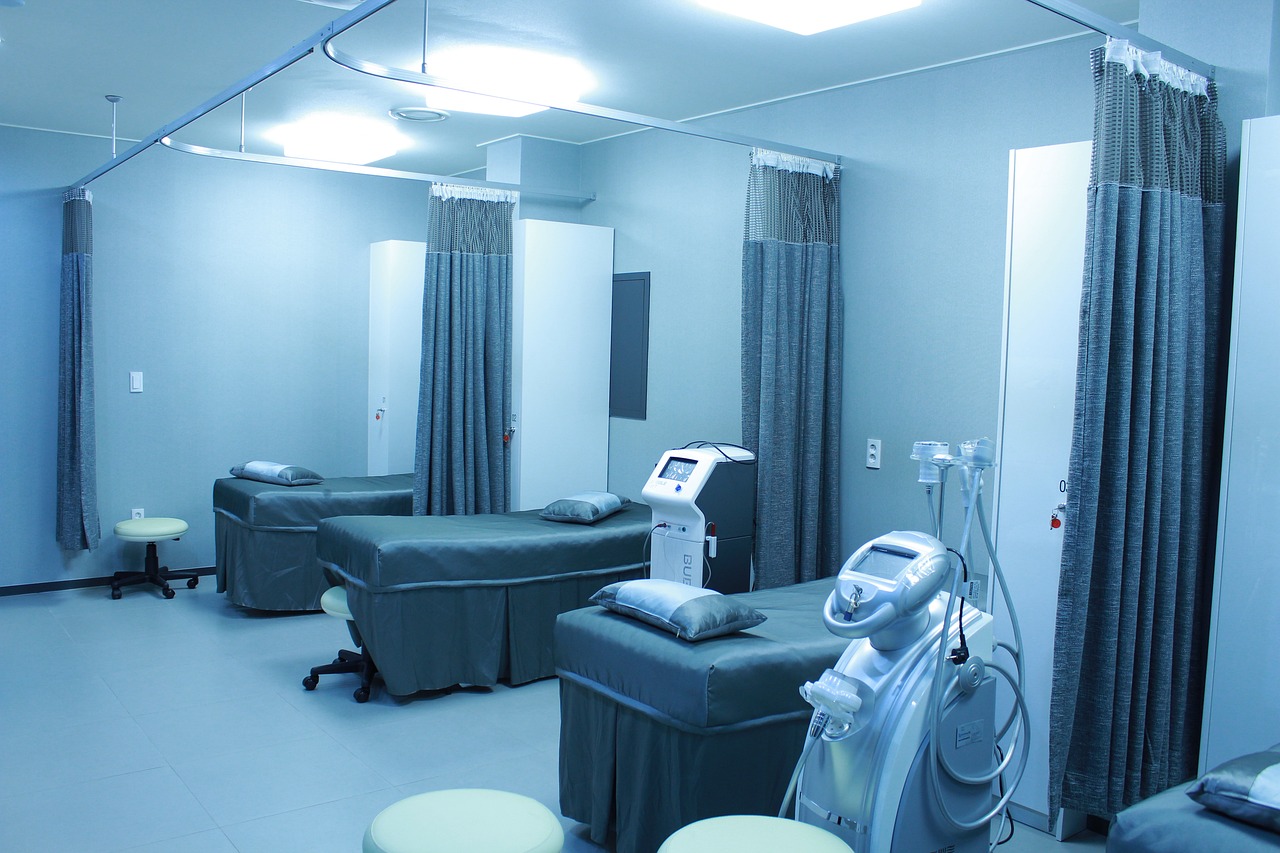
Minnesota’s Medicaid Funding Challenges
Minnesota’s hopes for a substantial financial boost from federal Medicaid dollars have been dashed following changes in the federal budget signed by President Donald Trump. This situation presents a stark contrast between proposed solutions for hospital funding and the actual outcomes that state leaders now face. The state anticipated a $1 billion windfall to stabilize its financially distressed hospitals, but the new budget significantly restricts access to directed payment programs that could have provided this much-needed support.
Directed Payment Programs Overview
Directed payment programs have been utilized by over 40 states to enhance Medicaid funding through state taxes on hospitals. These mechanisms allow states to leverage hospital taxes to unlock larger federal Medicaid reimbursements. Minnesota’s plan aimed to collect approximately $800 million annually from hospitals based on patient treatment numbers, which would then trigger an impressive $1.8 billion in federal reimbursements. This financial injection was seen as critical for reversing the fortunes of struggling hospitals, where operational losses have become a regular occurrence.

Impact of Federal Budget Changes
The recent federal budget bill not only set a deadline for states to apply for these programs but also introduced severe limitations on future directed payments. Joe Schindler, the vice president of finance policy for the Minnesota Hospital Association, expressed significant concerns, stating that these changes would “severely limit us in Minnesota.” This sentiment reflects a broader anxiety among hospital leaders who were counting on these funds to address urgent financial needs. In Minnesota, over 30 hospitals are in financial distress, a situation exacerbated by the inadequate reimbursement rates from Medicaid, which often pay only a fraction of the cost of care.

Case Studies of Affected Hospitals
The implications of these funding changes are already evident in specific case studies. Mayo Fairmont, for instance, was identified as a hospital at risk of closure, having lost $2.2 million in operations in
2023. Under the proposed directed payments program, it stood to gain nearly $4 million annually, which could have transformed its financial outlook. Meanwhile, Mille Lacs Health System reported an operational loss of $4 million in the same year, with estimates suggesting it could have recouped about $3 million from Medicaid directed payments. These examples highlight the precarious state of healthcare facilities in Minnesota and the critical role that federal funding plays in their viability.

Conclusion on Future Prospects
In summary, Minnesota’s struggle to secure the expected $1 billion in federal Medicaid funding illustrates a significant disconnect between proposed financial solutions and the realities faced by state healthcare systems. The changes enacted in the federal budget represent a substantial setback for hospitals already grappling with operational losses and inadequate reimbursement rates. As state leaders reassess their strategies in light of these new limitations, the future of healthcare in Minnesota remains uncertain, with many hospitals teetering on the brink of financial collapse. This situation serves as a cautionary tale about the complexities of federal funding mechanisms and their profound impact on local healthcare systems.






